The Motopedics refers to motopedagogy and mototherapy, which are summarized in the generic term motopedics. Movement is the focus of motopedia. Motopedia is used in children, adolescents and adults to promote development.
What is motopedia

Basically, the concept of psychomotor is anchored in motopedia. The mind (psycho) and movement (motor skills) unite to form a whole. Motopedia is a method based on movement-pedagogical and therapeutic methods. The goal of the Motopaedic is to train the body as a unit, whereby the connection with movement and the human psyche is important.
The external influences of the environment play a decisive role. The motor behavior of children, adolescents and adults is to be improved through sensorimotor and psychomotor support. This means that the interaction between the human body in movement and the human psyche interact. This includes movement sequences such as speaking or walking.
Depending on the personality of the person treating, a distinction is made between pedagogical-preventive and therapeutic-rehabilitative methods.
Function, effect & goals
If motopedia is used, its goal is to improve physical awareness. Posture and coordination should also be trained. In this context there is orientation in a room and the perception of oneself and others. Through the use of sports science knowledge, the motopaedist also trains the strength of the muscles and physical and mental stamina.
Training your sense of balance plays an essential role. Psychomotor skills are particularly important in therapy with children. The pedagogical concept can promote the child's personal development through a combination of exercise and play. Movement is the focus of therapy and should therefore make learning easier for the child. It not only promotes general development, but also social responsibility. In motopedia, the patient's strengths are in the foreground and the therapy methods are based on these strengths. Motopedics can be the right form of therapy for children who show abnormalities such as frequent stumbling, disorientation or restlessness.
In the case of concentration disorders and fear of body contact and foreign materials, a playful form of motopedia can bring about a significant improvement. Children are accustomed to new materials through experiments. It is important that they are not under pressure and can explore things on their own. So the fear is gradually taken away. For children who have been diagnosed with ADHD (attention deficit hyperactivity disorder), or children who show a delayed development that is not appropriate for their age, the doctor recommends therapy by a motor therapist. Moto pedagogy is “education through movement” and thus promotes the child in an individual way.
With sensory integration disorder (SI) it is not possible for the child to process sensory impressions. No corresponding emotional response can be triggered in the brain. If symptoms such as delayed speech development or hyperactivity are noticed, a therapy is developed based on the child's individual level of development. The child should learn in a playful atmosphere to perceive themselves and to act actively. Little by little the child finds confidence in himself and in his own body. The feelings are perceived accordingly. The child develops self-confidence, self-confidence and trains independence.
The pediatrician usually recognizes during the early diagnosis whether it is necessary to treat the child, but motopedics is not only a suitable therapy method for children. For people suffering from dementia, movement stimulates the brain's performance. The blood circulation is improved and the oxygen supply to the brain increases. The mental functions are impaired by the dementia and in the long term the ability to think and the concentration suffer.
The symptoms of the disease spread and disorientation and personality changes occur in a later stage of dementia. Through the movement used, all areas of mental performance are stressed. The person being treated must concentrate and react actively and be able to correctly coordinate the movements. The range of exercise for people with or without dementia is summarized under the term motogeragogy.
You can find your medication here
➔ Medicines against tension and muscle painRisks, side effects & dangers
Motopedia is a risk-free therapy option to facilitate the basics of everyday life for children and adults. The therapy is based on the functional abilities of the motor skills of each patient and can therefore be individually adapted. People are optimally supported and trained.
The aim of the treatment is not to exert pressure, but to convey joy. In order to be able to implement exactly these goals, an individual therapy plan is drawn up after the first phase of getting to know each other. In general, the therapy is used as a single therapy. A maximum of four people can be treated at the same time.
The therapy is carried out by state-approved motopedagogues who are allowed to practice their profession after completing their technical college education. The training makes it possible to work in all areas of activity and with all target groups. The possibility of funding exists in facilities of movement kindergartens, in the form of early support in a day care center or in workshops for people with disabilities. Motopedagogues are indispensable specialists in retirement homes and outpatient services. Many trained motopedagogues work in an independent practice or in cooperation with a medical or educational specialist.

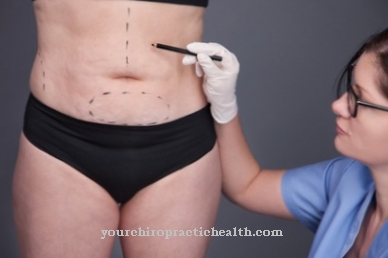

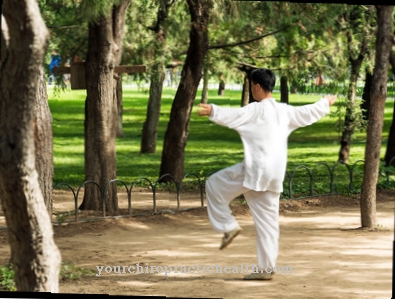
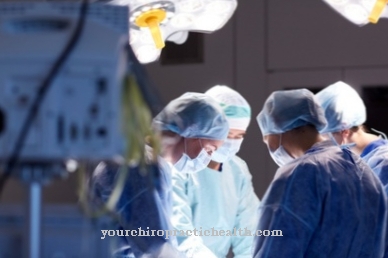
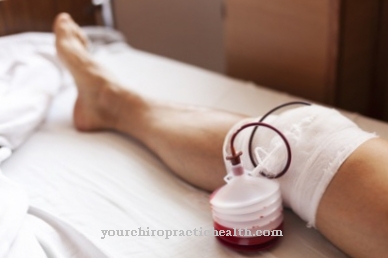
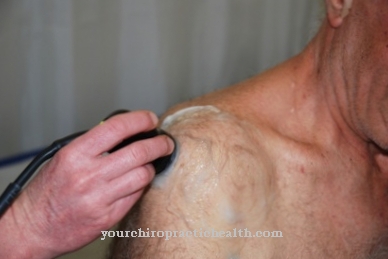






.jpg)

.jpg)
.jpg)











.jpg)